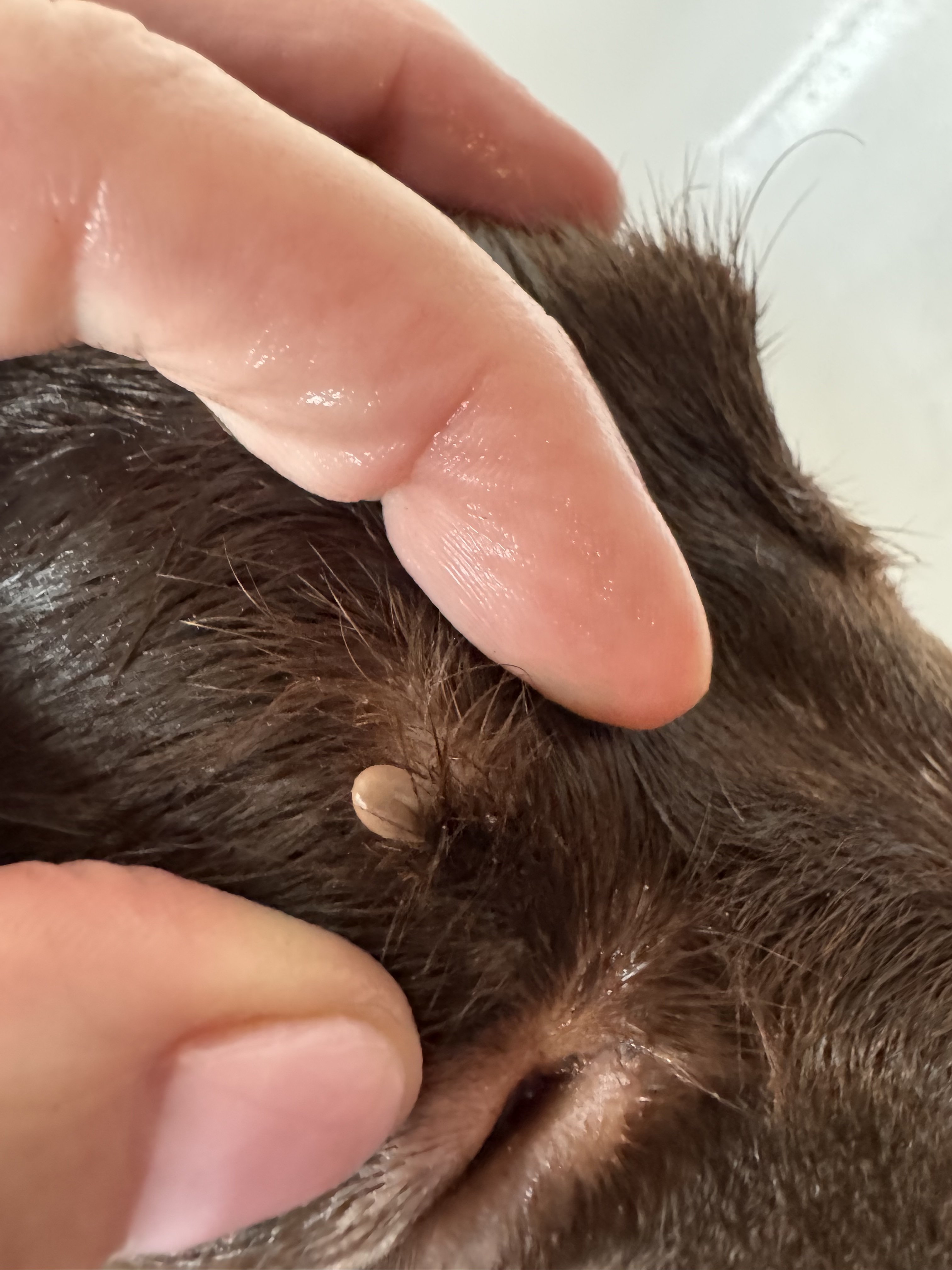this post was submitted on 28 Mar 2024
22 points (78.9% liked)
Dogs
5851 readers
184 users here now
A community about dogs.
Breeds, tips and tricks about training and behaviour, news affecting dog owners, canine photography, dog-related art and any questions related to dog ownership.
Rules
- Posts must be related to dogs or dog ownership and must not be void of content.
- This is a neutral space. No bigotry or personal attacks. Criticism should be polite and constructive.
- No automated content. This includes AI generated imagery, post body, articles, comments or automated accounts.
- No advertising or self-promotion.
- Illegal or unethical practices are frowned upon, and any comments or posts suggesting them will be removed. This includes, but is not limited to, backyard breeding, ear and tail cropping, fake service animals, negative reinforcement, alpha/pack/dominance theory, and eugenics.
- No judging or attacking community members who care for dogs with cropped ears, docked tails, or those from puppy mills or questionable sources. While we discourage these practices (per Rule 5), all dogs deserve loving homes and compassionate care regardless of their background or physical alterations.
- No breed discrimination, all breeds welcome. Our stance matches the ASPCA's official stance and is not up for debate.
- Citing your sources when making a claim is encouraged. Misinformation will be removed.
founded 2 years ago
MODERATORS
you are viewing a single comment's thread
view the rest of the comments
view the rest of the comments

Yeah I 2nd tick tweezers. I removed a lot of tick from shalter dogs and tick tweezers are so simple but efficient: just don't pull but rather, like state, twist it off!
Third tick tweezers. Olive oil can work in some, but definitely not all, cases. When you're done, drop it in rubbing alcohol (doesn't really matter what percent) and get a good picture in case your dog starts getting sick and has to go to the vet. A lot of vets can identify the type of tick and that can help narrow down treatments.
Watch for mood changes, appetite changes, lethargy, trouble getting around, or anything else that might indicate infection.
Get some preventative medicine if your dog is going to be running around in tall grass.